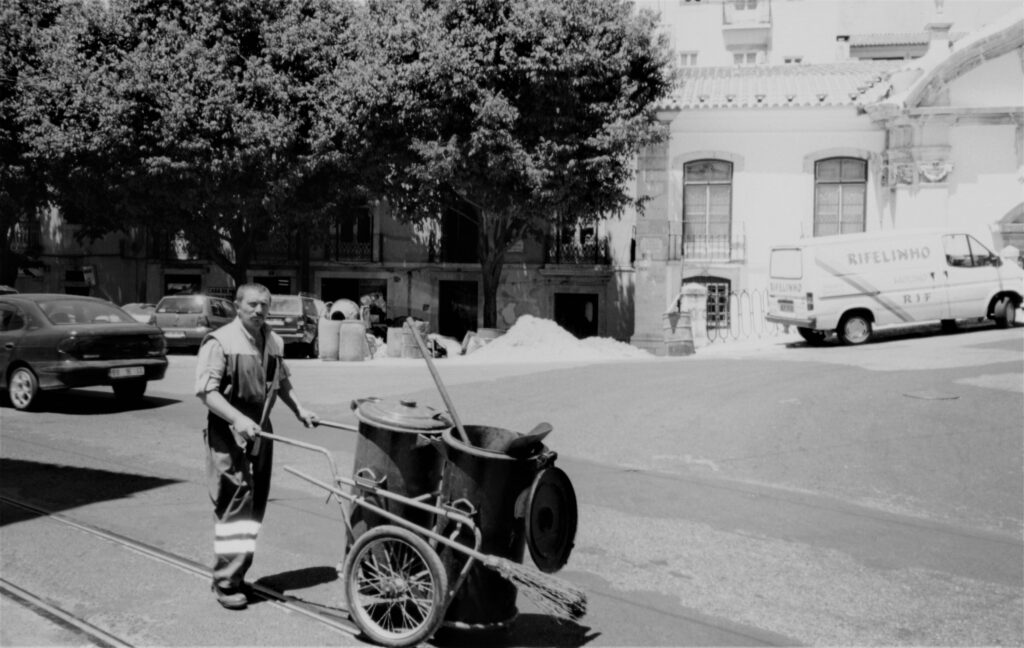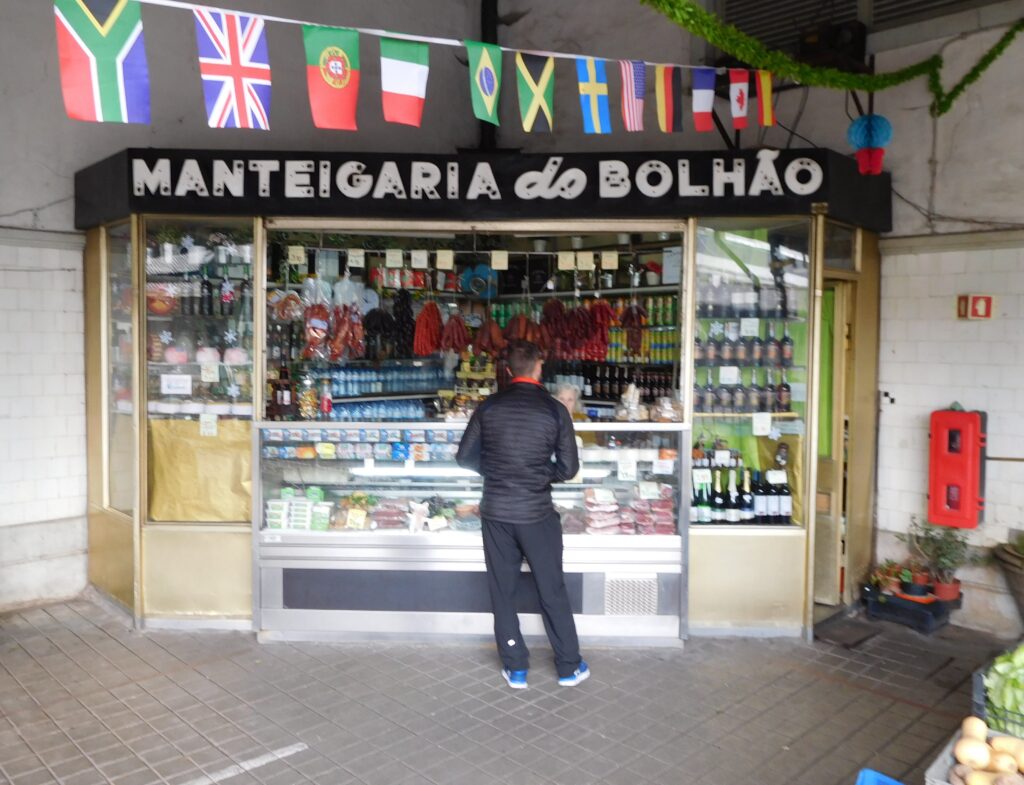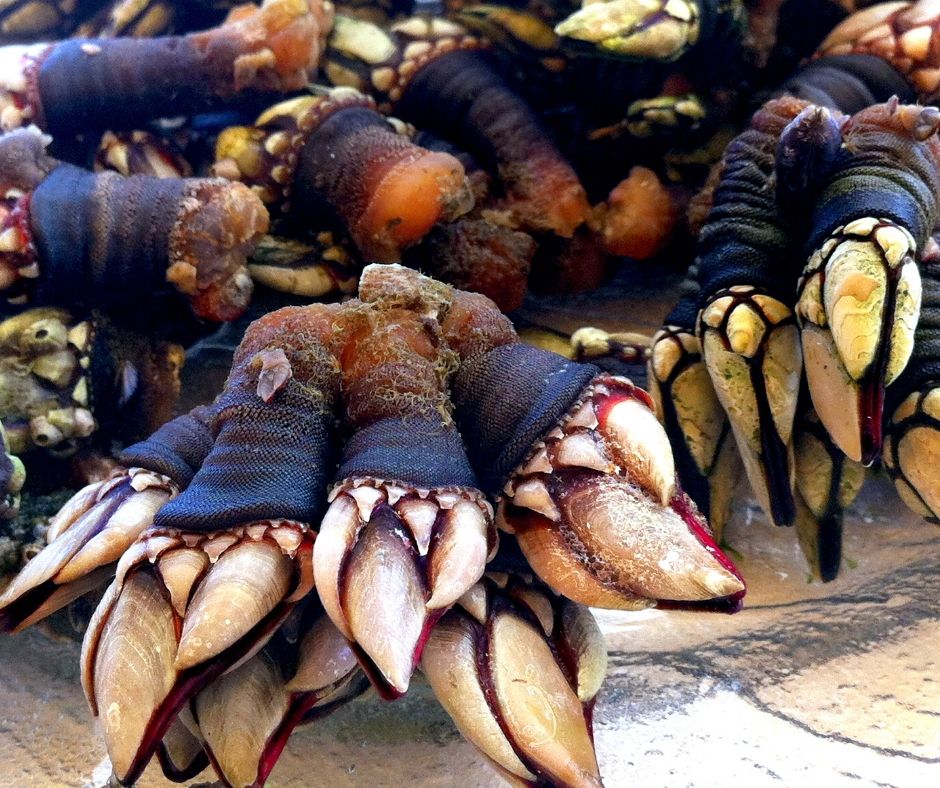
I’ve traveled in Portugal twice, first in 2000 to Lisbon, Porto and the Douro Valley (where Port wine is produced), then in 2018 to Porto, with a short excursion by air to Funchal on the island of Madeira, a Portuguese possession in the North Atlantic west of Morocco.
Next week we’re going to Portugal again, this time to Lisbon (my wife’s first visit) and then a longer return to Madeira. Apart from four wonderful days in Philadelphia last October, we haven’t had a vacation since December of 2019, when our last stop was my beloved Trieste.
Soon we’ll be at the airport in the Portuguese capital city of Lisbon. Tears will fill my eyes as we await a taxi, and the Portuguese soil (or pavement) will rise to the vicinity of my lips for a long overdue smooch. Then it will be time to think about eating and drinking, but first, a short history lesson.
—
History records that Lisbon was almost entirely destroyed in 1755, as targeted for punishment by a wrathful God.
The reason? Insufficient holiness.
All right, so it’s admittedly difficult to prove this assertion, which at the time seems to have been accepted by the more devout segments of an overwhelmingly Catholic populace in Portugal. As it stood, a tremendous earthquake and ensuing tsunami caused the destruction. But what caused them? I’ll leave the sorting to the theologians.
Lisbon was rebuilt with Brazilian gold, but while Portugal managed to retain certain parts of a far-flung colonial empire built by the nation’s preternatural sailing prowess, the catastrophe can be seen in retrospect as the beginning of a long period of decline, culminating with the fall of the monarchy in 1910.
The ensuing socio-economic turbulence played out over two decades until 1933, and the beginning of the period of Portuguese history known as Estado Novo, a corporatist (read: conservative and authoritarian) form of government coinciding with the primacy of the schoolmasterly Prime Minister (read: humorless dictator) Antonio de Oliveira Salazar.
After a peaceful revolution in 1974, Portugal moved back toward the European mainstream, becoming a member in good standing of the EU. For updates on Portuguese news in English, The Portugal News is a good source.
The various peoples who evolved into the Portuguese turned long ago to the sea out of sheer necessity. After all, Portugal has always been a relatively small country perched on the edge of Europe’s southwestern corner, facing the Atlantic Ocean, with 1,115 miles of shoreline to contemplate.
Seafaring proved to be Portugal’s outlet, although the nation’s heralded exploits in navigation and exploration should not be taken as a ready excuse for the sadly inevitable corollary of colonial exploitation, even if this corollary also prefaces Portuguese food.

To offer an overview of Portuguese cuisine, I’ve chosen an article at Authentic Food Quest, which readers can peruse at their leisure. Here are the “top ten” representative menu items discussed there. I’ve eaten most of them, but there’s nothing wrong with seconds.
- Caldo Verde – soup with a native green cabbage
- Bacalhau or Portuguese cod – supposedly a different way to cook it for every day in the year
- Sardines – grilled fresh or canned
- Bifanas – the national Portuguese pork sandwich
- Francesinha sandwich – Porto’s artery-busting sandwich, with ham, sausages and steak on bread, topped with cheese, an egg and gravy, with French fries below the meat or close by
- Chicken Piri-Piri – chicken dish with African spices
- Polvo à la Lagareiro – traditional octopus dish
- World Famous Porco Preto – cured ham
- Pastel de Nata – iconic egg custard tart
- Portuguese desserts – “conventual” treats, very rich and sweet, originally created in convents and monasteries
 Aaron Okada, a chef and blogger, writes that “Portugal’s Past Can Be Seen In Its Cuisine.” He discusses the country’s cuisine in the context of its Roman, Celtic and Moorish periods of influence, centering on the obvious influences of maritime culture during the age of exploration.
Aaron Okada, a chef and blogger, writes that “Portugal’s Past Can Be Seen In Its Cuisine.” He discusses the country’s cuisine in the context of its Roman, Celtic and Moorish periods of influence, centering on the obvious influences of maritime culture during the age of exploration.
From the New World came tomatoes, potatoes, and corn… all ingredients that would make for a very strange Portuguese food world without them. Pretty much every meal you eat in Portugal has potatoes with it… usually fried. The Azores is home to many South American delicacies like annona, oraçais, and pineapple.
From the east comes a whole collection of culinary goods. Tea, rice, cinnamon, cloves, mangoes, black pepper, bay leaves from India and China. Nesperas (plums) from Japan. Bananas from Southeast Asia. Piri-piri chiles from Africa.
There is one Portuguese specialty that has eluded me during my two previous visits: Goose Barnacles, or what are those funny looking things at the fish stalls?
In Portugal, we call them percebes (per-se-besh), which is also the word for the expression “Do you understand?” or “s/he understands”, causing hilarious translation downfalls in some menus. These are Goose Barnacles: crustaceans that live attached to the hard surfaces of rocks and flotsam in the ocean. It is a dangerous job to get them from the rocks, but gladly, some people are willing to do it. This is why it is not the cheapest seafood you will find in Portugal, but possibly one of the best.
Goose barnacles, referred to in Portugal as “lucifer’s fingers,” are not peacefully farmed in bucolic coastal inlets. They’re fixed to the rocks, and considered to be of the highest quality amid the coldest water and biggest waves. Harvesting them is a high-paying and dangerous job done by hand while wearing a wet suit.
Goose Barnacles: Shellfish To Die For, by Kaja Sajovic (Fine Dining Lovers)
The percebes fishermen are skilled, tanned, tough as nails, and slightly suicidal, climbing steep ledges and descending into cracks to chip the tasty crustaceans from the slippery rocks as the waves pummel them. It’s more like an adrenalin sport than fishing; a way of life in this part of Portugal, and in the north of Spain, from the Basque country to Galicia, where they harvest the bulk of it, and those of highest quality.
Once harvested, how are goose barnacles cooked? Very simply.
Chefs all over Spain and Portugal are infatuated with barnacles, usually keeping it super simple, just boiled, served lukewarm, paying respect to the purity of this delicate product and reigning in their own creative egos.
Alas, we won’t be in Lisbon during goose barnacle season, which is too bad, and yet it’s another reason to return to Portugal someday. Maybe sea urchins, pork testicles or Cabidela rice will be available, as discussed at Taste of Lisboa.
One of the most surprising and bizarre main dish recipes is Cabidela rice, also one of the oldest and most classic dishes of Portuguese cuisine, with records from the 16th century.
Made with rice and chicken meat – so far, so good – it has the particularity of having blood drained from the chicken, mixed with vinegar so as not to curdle, added at the end of cooking, to form a peculiar though tasty and creamy sauce.
Keep my glass of Port filled, and I’m liable to eat just about anything. Next Sunday, “Edibles & Potables” will take a look at food in Funchal (Madeira), assuming we get past the wine.






















